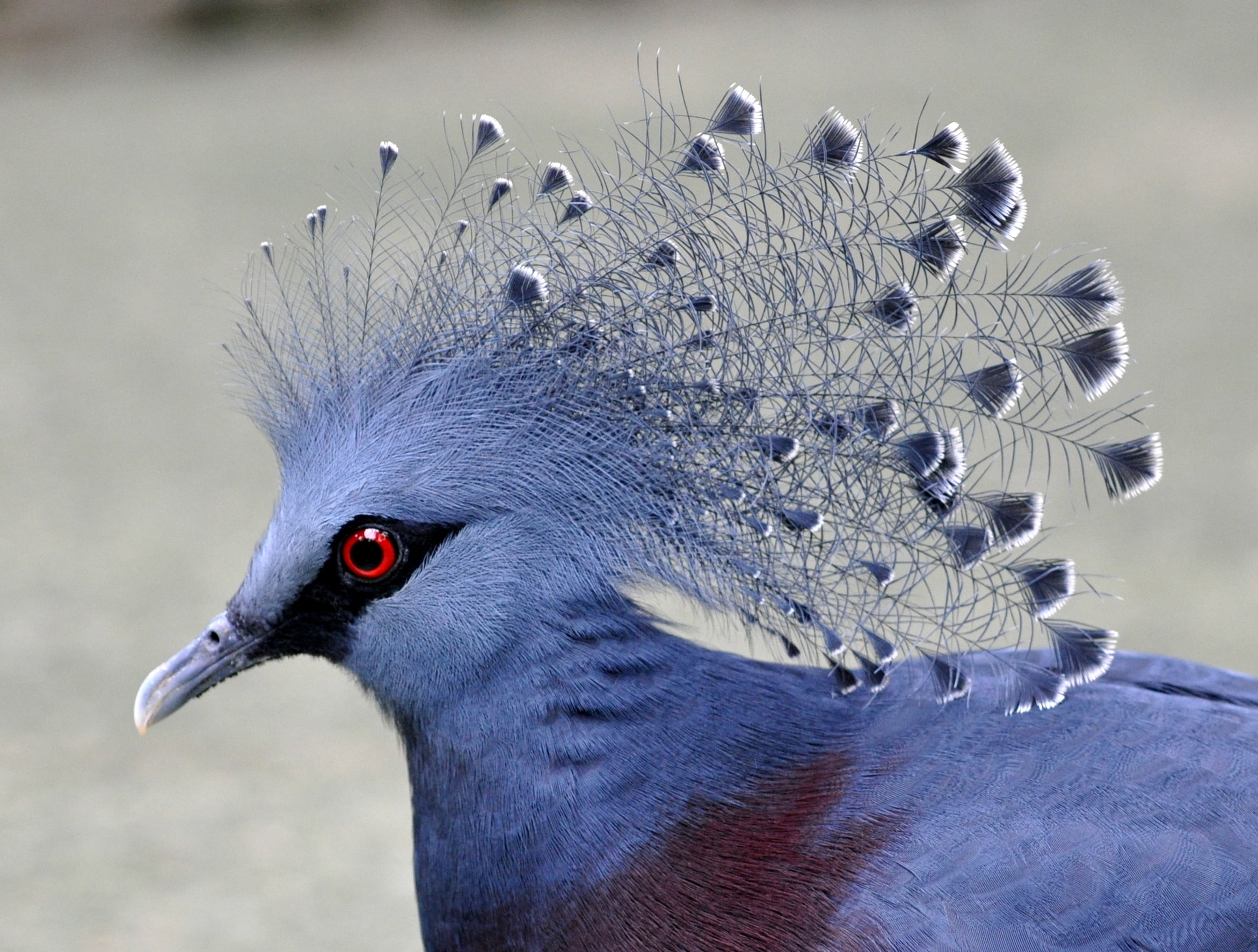The Blue Crowned Pigeon is a beautiful bird that is native to the forests of New Guinea and nearby islands. It is a large bird, with a body length of up to 40 cm and a wingspan of 60 cm. The bird’s most distinctive feature is its bright blue crown, which gives it its name.

It is a ground-dwelling bird that spends most of its time on the forest floor, where it feeds on fallen fruits and seeds. It is a shy bird that is not often seen by people, but when it is, it is usually in small flocks of 2-6 individuals.
The Blue Crowned Pigeon is an important bird for the ecosystem of New Guinea. As it feeds on fallen fruits and seeds, it helps to disperse the seeds of the plants it eats. This helps the plants to spread and grow, which is important for the health of the forest.
Unfortunately, the Blue Crowned Pigeon is facing many threats, including habitat loss and hunting. The forests of New Guinea are being destroyed as the land is cleared for agriculture and other uses. This is making it harder for the Blue Crowned Pigeon to find food and a place to live.
Hunting is also a problem for the Blue Crowned Pigeon. It is hunted for its meat and its beautiful feathers, which are used in traditional headdresses and other decorations. The bird is also hunted for its eggs, which are considered a delicacy.
To help protect the Blue Crowned Pigeon and its habitat, it is important to raise awareness about the bird and the threats it faces. Governments and conservation organizations can work together to protect the forests of New Guinea and to regulate hunting.
It is also important to educate local people about the importance of the Blue Crowned Pigeon and the role it plays in the ecosystem. By understanding the bird’s importance, people can be encouraged to protect it and its habitat.
